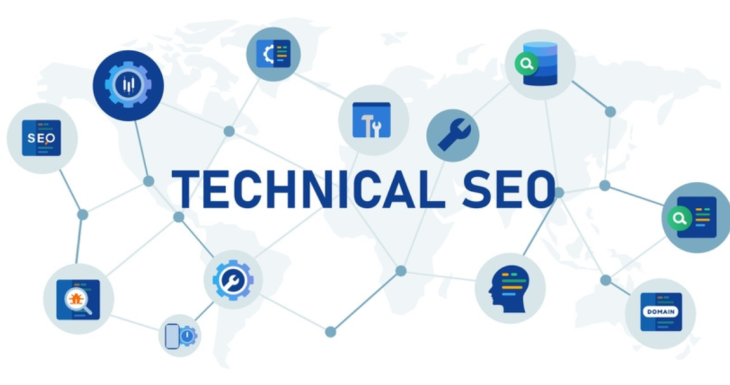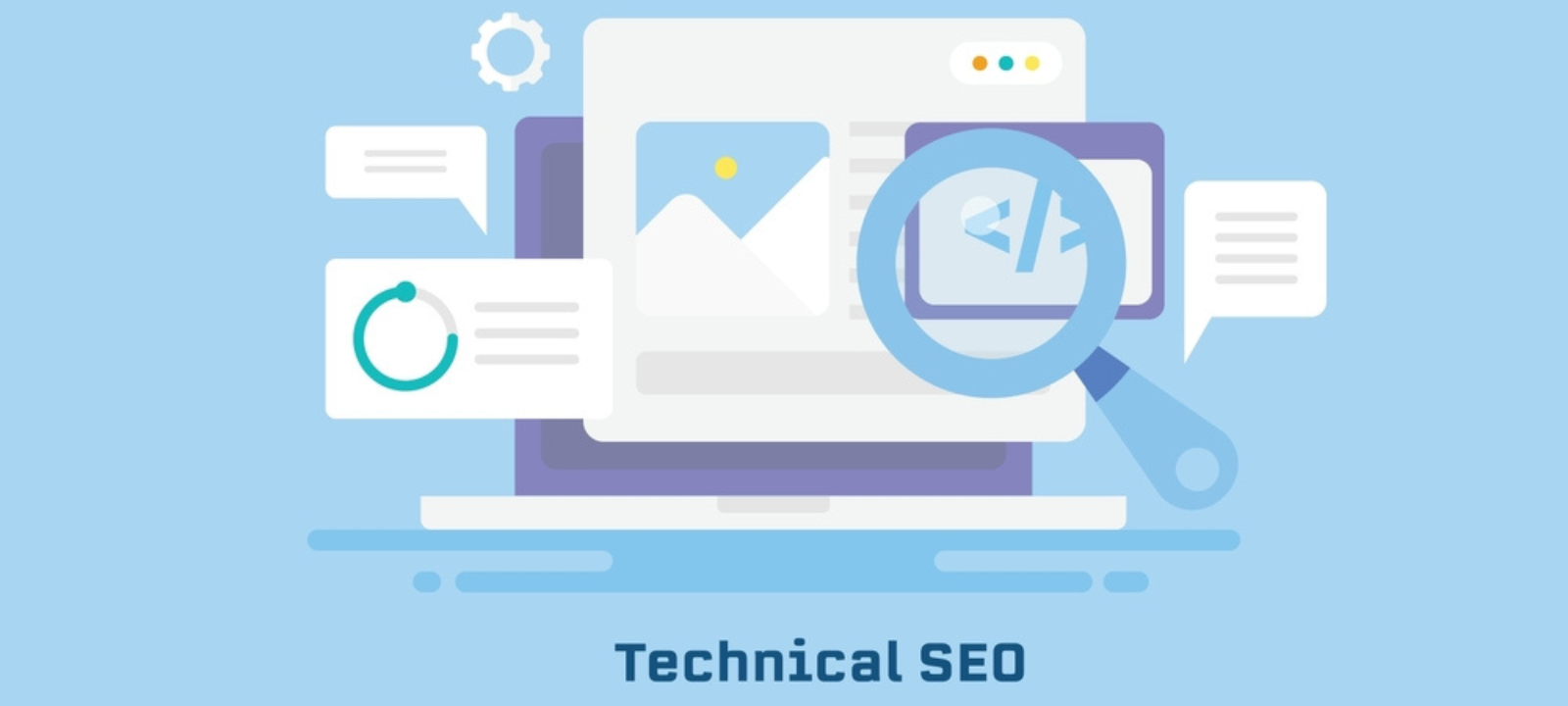
In the ever-evolving landscape of the digital world, one factor remains constant: the paramount importance of Search Engine Optimization (SEO). While often relegated to tech jargon and obscure algorithms, SEO is the silent hero behind the scenes, ensuring your website gets seen by the right people at the right time.
A successful Technical SEO strategy is crucial for your website to gain recognition from search engines in the ever-changing world of online visibility. It crawls to the top of search results pages (SERPs). Googlebot crawls websites 20 billion times per day. This guide will help you optimize your website’s technical aspects and achieve optimal search engine performance.
What is Technical SEO?

Technical SEO is optimizing your website’s technical infrastructure and foundation to make it easily accessible and understandable by search engine crawlers. This involves ensuring your website is:
- Crawlable: It is crucial to ensure your website’s content is easily accessible and navigable for search engine crawlers.
- Indexable: Your website’s content needs to be able to be stored and processed by search engine databases.
- Rankable: Your website’s technical factors must be optimized to meet search engine ranking algorithms.
Mastering technical SEO can improve website visibility and organic traffic and enhance brand awareness and conversion rates.
Benefits of Technical SEO
Investing in technical SEO offers many benefits that can significantly impact your online success. Here are just a few key advantages:
- Increased Organic Traffic: Enhanced crawlability and indexing improve search engine ranking, translating to more organic traffic reaching your website.
- Improved User Experience: A technically sound website enhances user experience, engagement, and conversion rates.
- Enhanced Search Engine Crawlability: Optimizing your website’s structure and code facilitates efficient crawling by search engine bots, ensuring all your content gets discovered and indexed.
- Boosted Brand Reputation: A well-optimized website that ranks higher in search results builds trust and credibility, enhancing your brand image and reputation.
- Long-Term SEO Success: Implementing technical SEO best practices lays a strong foundation for long-term organic search success, providing consistent and sustainable website optimization.
Essential Technical SEO Techniques
Optimizing your website’s technical aspects requires a multi-pronged approach. Here are some essential techniques to consider:
1. Website Speed Optimization
It is important to note that a website’s speed significantly impacts its ranking on search engine results pages. Therefore, ensuring your website is optimized for speed to improve your online visibility is essential. Optimizing your website’s loading speed involves reducing file sizes, compressing images, minimizing code, and leveraging caching mechanisms.
2. Mobile-First Optimization
With most online users browsing on mobile devices, ensuring your website is mobile-friendly is crucial. This involves utilizing responsive design, optimizing page speed for mobile devices, and implementing AMP (Accelerated Mobile Pages) technology.
3. Structured Data Implementation
Structured data provides more contextual information about your website’s content to search engines, allowing for more prosperous and informative search results. Use schema markup to highlight product details, local business information, and event details.
4. Internal Linking Optimization
Effective internal linking aids in correctly understanding website structure and the connections between pages by search engine crawlers. Use relevant keywords and anchor text when building your internal linking structure.
5. Robots.txt and Sitemap Optimization
Robots.txt instructs search engine crawlers which pages to crawl and index. Sitemap provides a complete list of your website’s pages, ensuring all content gets discovered.
6. URL Structure
Clear and concise URLs that include relevant keywords aid search engines and users better understanding the page content. Structure your URLs logically and avoid using excessive parameters.
7. HTTPS Implementation
HTTPS secures communication between your website and users’ browsers. Implementing HTTPS protects user data and is a positive ranking signal for search engines.
8. Error Monitoring and Resolution
Regularly monitor your website for technical errors like broken links, 404 errors, and redirects. Promptly address any errors identified to prevent adverse impacts on crawlability and ranking.
9. Regular Crawlability Audits
Regular website audits are essential to identify technical roadblocks preventing search engines from crawling and indexing your website content.
10. Stay Updated with SEO Trends
It is essential to keep up with the latest SEO trends and best practices for optimal website performance, as search engine algorithms and user behavior constantly evolve.